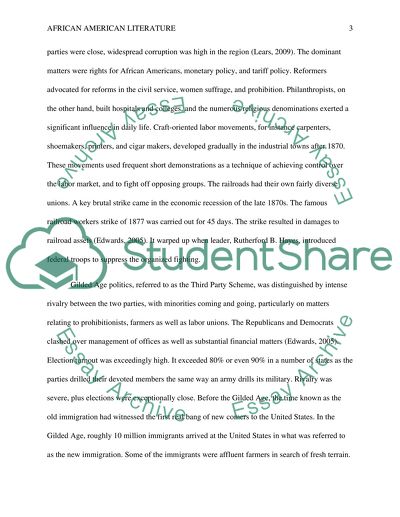African American literature: the Gilded Age Coursework. Retrieved from https://studentshare.org/literature/1454426-african-american-literature-the-gilded-age
African American Literature: The Gilded Age Coursework. https://studentshare.org/literature/1454426-african-american-literature-the-gilded-age.


